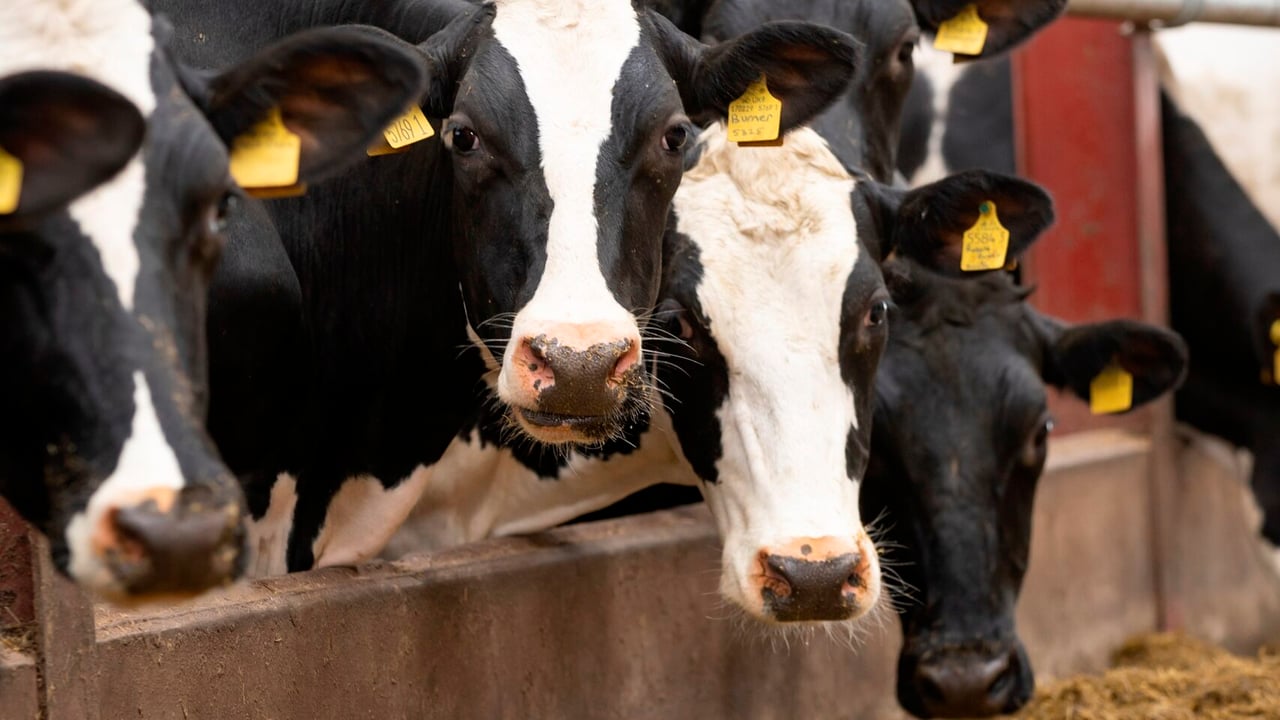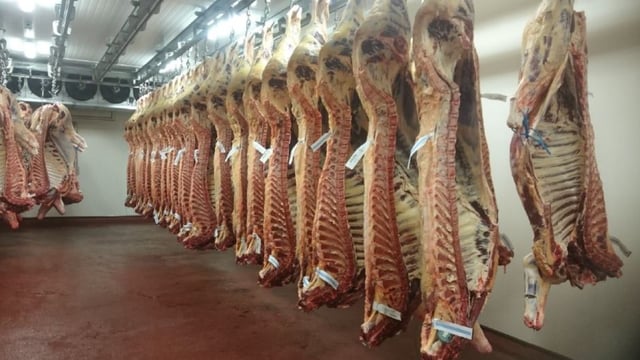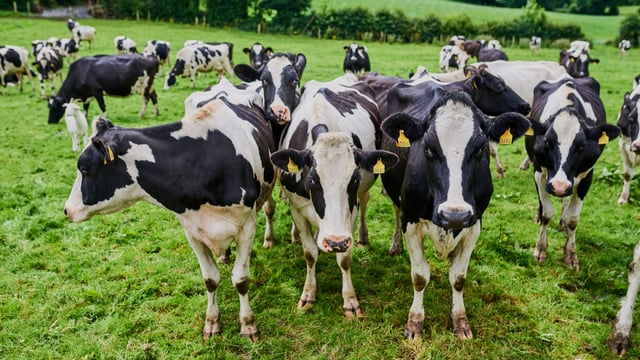Autumn calving: Reducing the risk of metabolic disorders
Metabolic disorders arise again as the autumn calving season kicks off, with many calves already on the ground across the country.
There is rarely such a thing as a completely straightforward calving season, as it is not uncommon for cows to go down with issues after calving, but the aim should be to prevent and keep these issues to a minimum over the next couple of weeks.
More than likely, the first to calve down will be younger cows and heifers, which are not as 'high risk' as older cows in the herd.
As calving goes on, that risk increases for older cows and late-calving cows as their condition slowly builds up.
These older cows generally go in-calf later than the younger cows in the herd due to a decrease in reproductive performance that comes with older age. As the dry period progresses, these cows can put on too much condition.
Getting cows calved has to remain the focus, along with giving the calf the best possible start to life.
Because of the demanding nature of this period, feeding dry cow minerals can be forgotten or overlooked.
A lapse in management during the transition period for these cows may lead to metabolic issues and subsequently reduced milk yield and solids, as well as reproductive problems accompanied with poor condition.
Metabolic disorders
It is crucial that dry cows are receiving the correct amount of minerals, which should be about 100–120g/cow.
The dry cow mineral should have at least 22% magnesium (Mg) included and high levels of vitamin D of about 14,000 units or more – older cows are going to need high levels of vitamin D to prevent milk fever.
Cow health problems from inadequate mineral supplementation include:
- Clinical and sub-clinical milk fever;
- Ketosis;
- Retained cleanings;
- Low dry matter intake;
- Displaced abomasum;
- Fertility problems.
If dusting minerals on silage, minerals should be offered twice daily (60g/cow in two feeds) to try to ensure that intake is controlled and that all cows can have access to minerals and is particularly important where feed space is limited.
Magnesium has an important role to play in supporting a number of the pathways in which calcium is mobilised - both from skeletal calcium reserves and re-absorption of dietary calcium.
Trace minerals like copper, selenium, zinc and so on should be fed from at least six weeks pre-calving in order to achieve adequate levels for when they are calving down.
The purpose of any dry cow mineral should be to support the immune system of the cow and improve the colostrum quality that will be fed to the calf, which is crucial for the start of any calf's life.
The dry cow mineral should also decrease the chances of any metabolic disorders around calving such as milk fever, and ensure that the cow gives birth to a strong calf with no foetal abnormalities and reduce any stress at the point of calving.
The mineral provided should help the cow bounce back from a negative energy balance as quickly as possible, start producing milk, and increase daily intakes at a normal rate.
This will subsequently see the cow recover quicker and get back in good condition for the breeding season.
Grouping cows
Running a freshly calved group of cows where they are kept indoors and left apart from the milking herd is a good idea for three to four days until the colostrum period is finished.
This will ensure that the freshly calved cows are getting a bit of extra nutrition and care.
Later-calving cows should be restricted to 10-11kg DM to keep body condition score (BCS) under 3.5.
If they are already over-conditioned, it may be difficult to rectify and should be managed and monitored at the point of calving.
Grouping cows is an effective way of controlling diets as even though many autumn calving dry cows will still be out on grass, feeding a bit of extra silage to under-condition cows might be worth while, whereas late calving or fat cows should be solely on a grass diet for now.
In the next number of weeks, all of these cows will have to eventually be housed. If there has been a history of health issues, such as milk fever at calving, the mineral content of your silage should be tested.
High potassium (K) silage can often be the cause of the problem, so the farmer should target a low K silage of less than 2.2% from four weeks pre-calving.
A high calcium bolus with vitamin D is recommended instead of straight calcium bottles under the skin for the purpose of preventing milk fever at the point of calving.
Milk fever can also result in reduced lactation performance and increase the incidences of slow or lazy calvings, retained cleanings and uterine infections due to impaired uterine contractions.
Muscle fractions can then become impaired which reduces rumen motility and reduces dry matter intake, escalating the severity of negative energy balance, and negatively impacting milk performance and is a gateway to other metabolic disorders.
High incidences of mastitis in the first month after calving may also be associated with poor management of the cow's transition period.
Ensure the dry cows are getting adequate nutrition and minerals and hygiene is kept to the highest standards to ensure a smooth calving and that the cow and calf get off to a thriving start to the lactation and to life.





